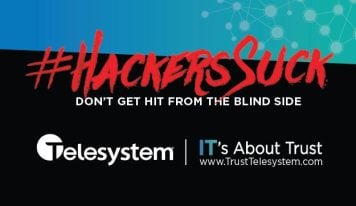As core routers have to handle ever-faster data rates the high-speed connections suffer from a variety of problems as a result of challeenges which have to be overcome in inter-chip communications. Signal integrity becomes a problem over copper lines connecting ASICs as circut AC characteristics begin to dominate the impedance, inductance and conductance of the line and in-turn distort the signal. One way to mitigate these challenges is to utilize decision feedback equalization which consumes large amounts of power. Moreover, crosstalk has to be dealt with as electrical circuit speeds have reached the limits where traditional technology can overcome these effects.
Enter Compass EOS, the company produces core routers such as the r10004 which competes with the likes of Cisco, Juniper, Alcatel-Lucent, Huawei and many others. By utilizing an optical interconnect where the CMOS circuitry is connected to the optical components, the communications within the router takes place over optical fibers without the need for tradtional backplanes or midplanes. The Vertical Cavity Emitting Surface Laser technology design is constructed in a unique way to offset the problems which typically take place when bonding optical and silicon chips. Typically when doing so, cracks emerge as temperatures change and the devices respond differently and failure take place. In order to overcome this challenge the company uses gold pillars between the CMOS and optical chips as gold is malleable and ductile. In such a fashion the chip is able to withstand unequal relative motion due to thermal change.
I spoke with Manouch Khezri, General Manager of North America for the company and he told me the chips can connect to 336 fibers to each of two IC photonic chips which creates a mesh configuration allowing all processors to speak with one another. Four line cards can plug into a box he says and there are seven connectors on each line card.
As the needs of the carrier grow you can simply connect another box – each processor can handle 1.3 bidirectional or 2.6 total Tbps and are ideal for handling multicast traffic and excel at dealing with DDOS attacks which could cripple systems which have traditional backplanes and midplanes.
The goal of the company is to replace legacy big-iron core routers with a series of pay-as-you-grow boxes – in the same way blade servers replaced mainframes.
Obviously this technology is a step up from legacy systems but in the end we need fully optical systems where the logic is also all-optical to realize the full potential of technological evolution. Until then, Compass EOS hopes to fill the gap and provide carriers with a faster routing solution which is upgradeable to allow service providers to be ready for the increasing bandwidth demands of the future.






